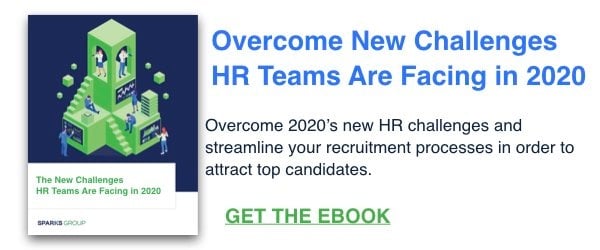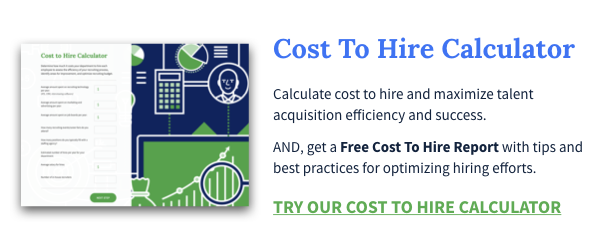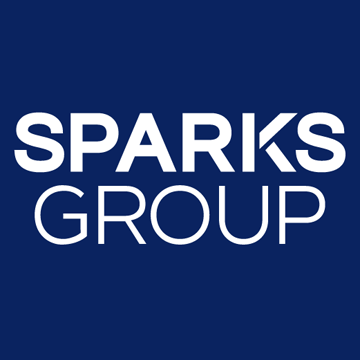
Recruiting metrics can be an invaluable tool to a human resources or recruiting manager, providing insight into the recruitment process, and helping to identify opportunities to improve that might otherwise be overlooked.
In addition to process improvement, recruiting metrics provide HR with a clear, concrete language to communicate the value of recruiting efforts. With the help of benchmarking and review of recruiting metrics, a company can improve the overall ROI of recruiting and effectiveness of their hiring programs to find highly qualified candidates.
The Top Recruiting Metrics to Track in 2020 to Improve Hiring Include:
1. Pass-Through Rate
The pass-through rate measures the number of candidates who are active at each stage of the hiring process – from initial application, to screening, to interview, offer and hire. Pass-through is the difference between candidates at one stage of the process to the next.
2. Source Channel
3. Candidate Quality
4. Offer Acceptance Rate
There are few events that waste recruiting resources as much as a rejected offer: a candidate has moved through all phases of the process, and all key stakeholders have agreed, only to fail at the finish line. There may be a number of reasons that a candidate doesn’t accept an offer, maybe:
-
- They received a better offer
- They didn’t feel that the culture is a good fit
- The position wasn’t what they thought it was
-
The recruiting process wasn’t a good experience
5. Time-to-Hire
Research has shown1 that the best candidates are off the market in just 10 days, so companies with an efficient, streamlined recruiting processes have an advantage over slow movers.
6. Cost-to-Hire
Cost-to-hire is the measure of the average amount it costs for each employee that is brought in to the company, and includes both external costs (job board fees, etc.) and internal costs (recruiter time, ATS support, etc.)
Cost-to-hire may vary from one position to the next, with executive positions and hard-to-find skills more expensive than other jobs. However, tracking your company’s overall cost-to-hire is a key measure of recruiting success. An increase in recruiting cost or an amount that is above average for your industry or location means that there may be some challenges in the recruiting process that can be optimized.
If you are interested in streamlining, improving, or changing your recruiting process, consider enlisting the help of an agency, like Sparks Group.
Sparks Group is a nationally-recognized staffing agency with the expertise, skill and knowledge to help improve your recruiting and hiring processes, as well as business outcomes. Leverage the expert staffers at Sparks Group to access top-quality talent, streamline processes and improve recruiting ROI.








